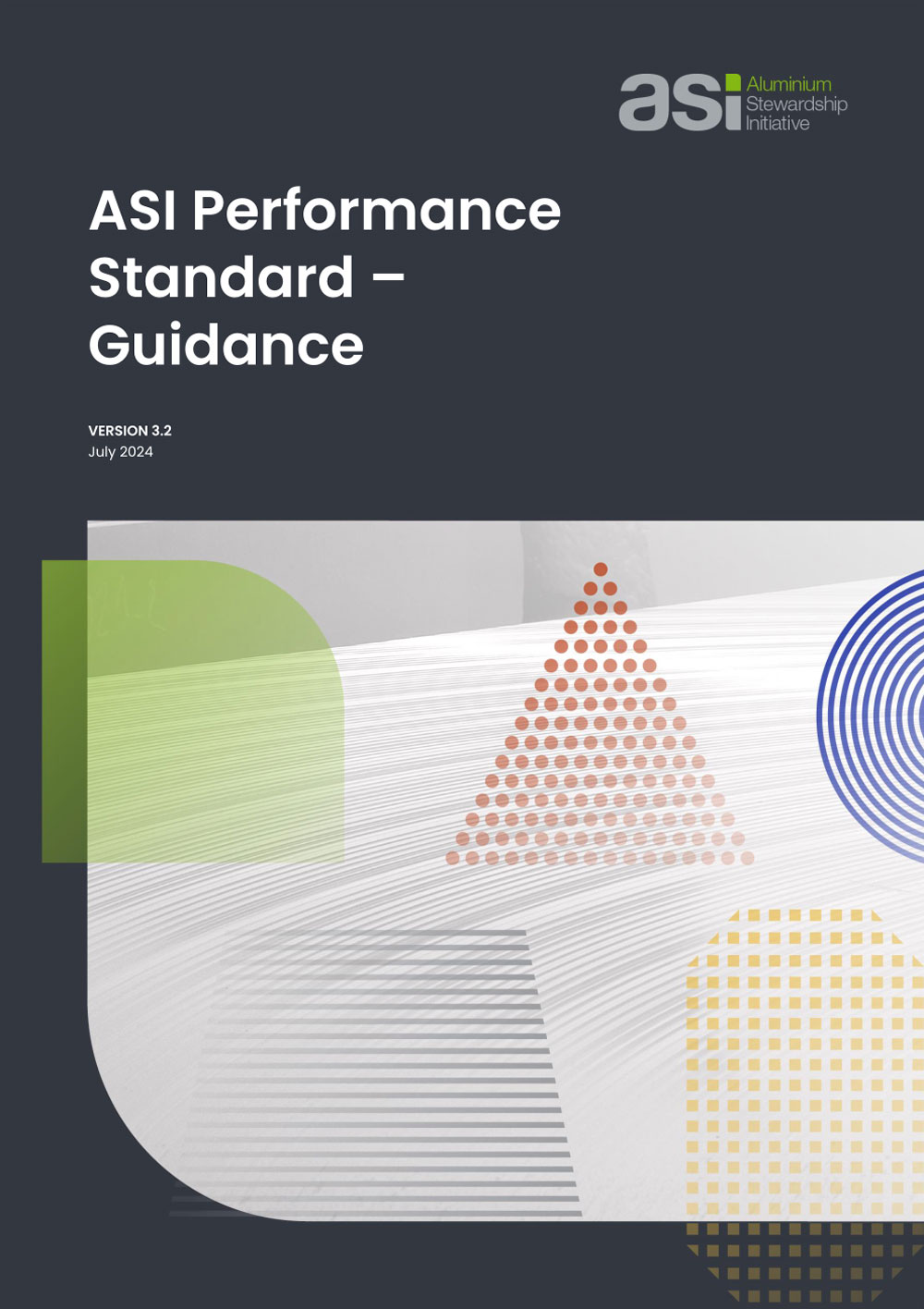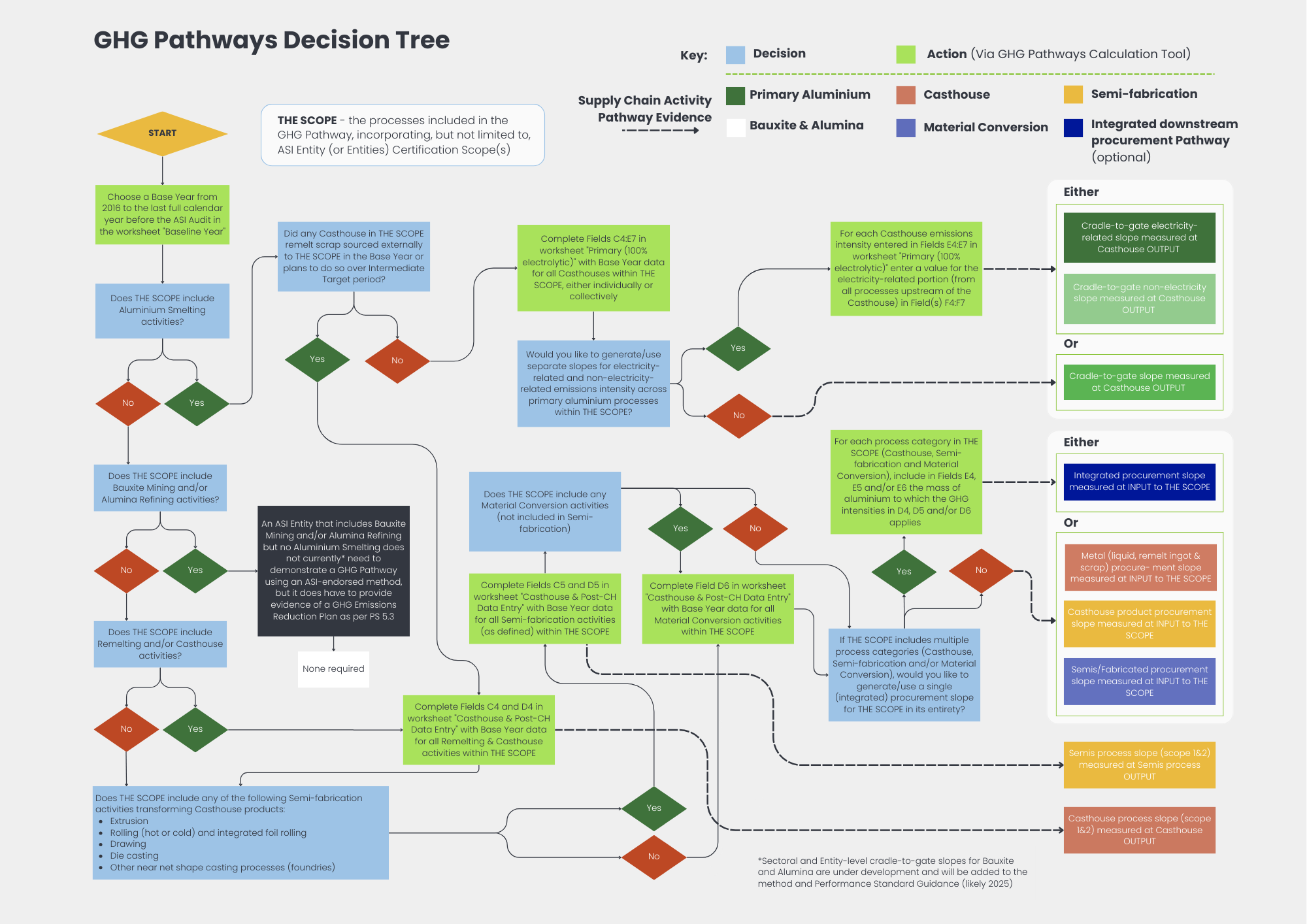Updated Performance Standard Guidance published: Summary of Changes
The guidance around Principle 5 (GHG) has been updated to provide more clarity and consistency on implementation with Principle 5 (Greenhouse Gas Emissions) and on the climate-related impacts ASI seeks to address.
9 May 2024
 The 2023 ASI Strategy articulates a commitment to carry out regular updates of ASI Guidance in line with ISEAL codes of good practice. This iterative development approach allows ASI to accommodate for the constantly changing sustainability landscape and to respond feedback gained from Members’ and Auditors’ ongoing certification experience.
The 2023 ASI Strategy articulates a commitment to carry out regular updates of ASI Guidance in line with ISEAL codes of good practice. This iterative development approach allows ASI to accommodate for the constantly changing sustainability landscape and to respond feedback gained from Members’ and Auditors’ ongoing certification experience.
This round of changes updates the guidance around Principle 5 (GHG) to provide more clarity and consistency on implementation with Principle 5 (Greenhouse Gas Emissions) and on the climate-related impacts ASI seeks to address.
PS 5.2 Aluminium Smelter GHG Emissions Intensity
- Criterion here has not changed, but guidance reference has been updated to include reference to the as the recommended method for calculation of Smelter Mine to Metal GHG Emissions Intensity, with additional reference to the GHG Protocol (with which the IAI Good Practice is aligned).
PS 5.3 Aluminium Smelter GHG Emissions Intensity
- Guidance now includes a direct reference to the published ASI Entity GHG Pathways Method v1.0 (2024) as currently the sole ASI-endorsed methodology for Entities to use in defining GHG Emissions Reduction Pathways.
- Any ASI Audit against the ASI Performance Standard (v3) from the release of this version of the Performance Standard Guidance (v.3.2) should be presented with evidence of the use of and conformance with the ASI Entity GHG Pathways Method v1.0.
- Reference is also made to an associated Microsoft Excel-based Calculation Tool for generation of Entity-level GHG Pathway slopes.
 The inclusion of a GHG Pathways Decision Tree that defines the GHG Pathway requirements (and emissions scopes) for different Entity Supply Chain Activities
The inclusion of a GHG Pathways Decision Tree that defines the GHG Pathway requirements (and emissions scopes) for different Entity Supply Chain Activities- A reminder to Entities that intensity-based Intermediate Targets and measures of performance should include ALL in-scope emissions in the numerator and related activity data in the denominator. Emissions from “non-normal operational activities” (e.g. unintended shutdowns, emergency maintenance, etc) should not be excluded.
- Deletion of references to alternative approaches.
Further resources on the ASI Entity GHG Pathways Method v1.0
- 45 Minutes on…webinar recording
- Q&A report from webinars
- Method PDF
- Tool XLS workbook
- Calculation tool compatible with older Excel software
- Launch announcement of the Methodology and Tool
- educationAL online learning module
RELATED TOPICS:
SHARE THIS ARTICLE


